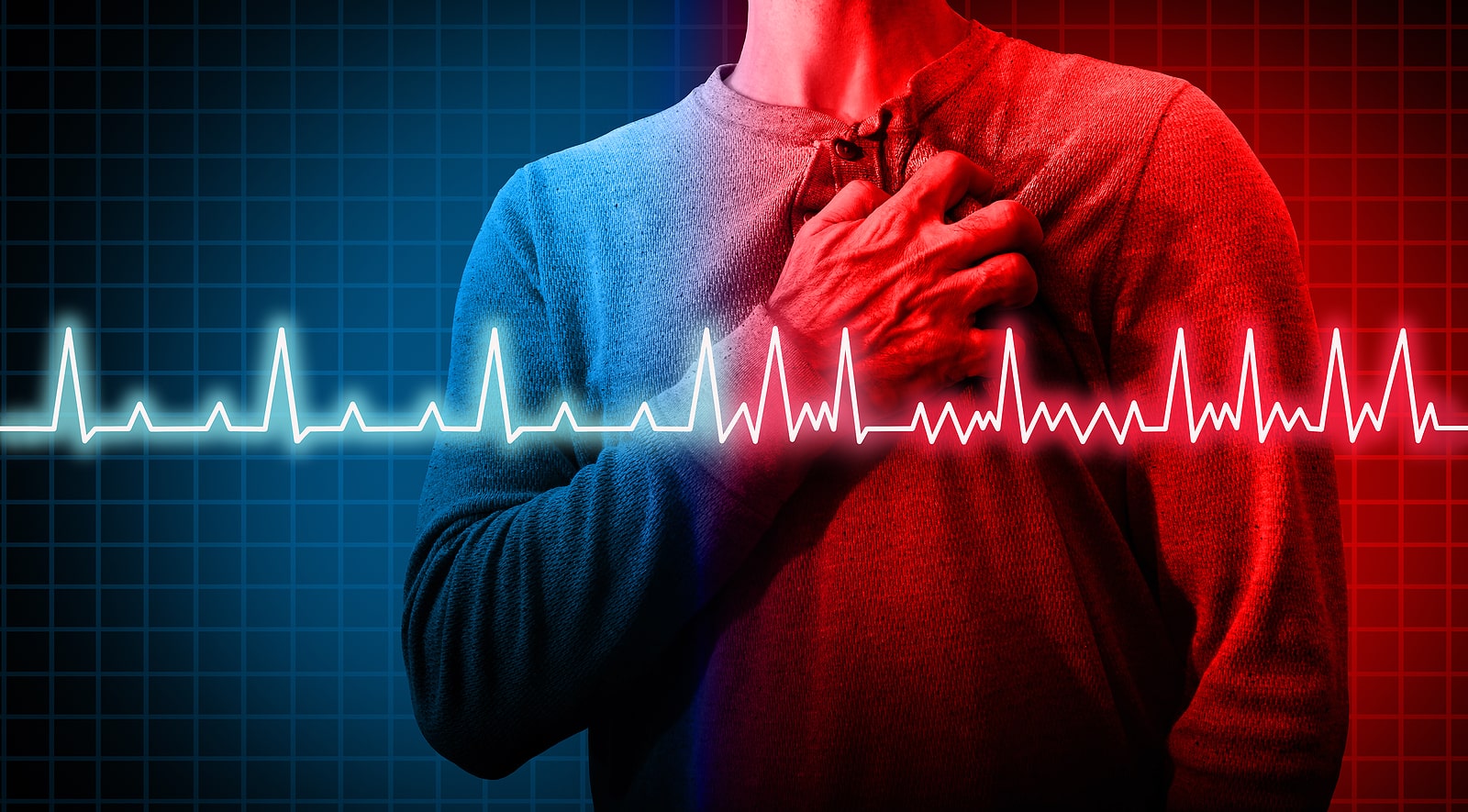When to Seek Medical Help for Chest Pain
Posted by: Tampa Cardio
On: July 28, 2020

There is nothing quite as scary as feeling a pain in your chest that you cannot explain. Automatically our thoughts may go directly to heart attack, even though often that is not the case and there are many other potential causes.
While chest pain is a common symptom of a heart attack, it can also be a symptom of many other issues happening with in the body – some life threatening and others easily treatable. The question becomes, how do you know if your pain warrants a call to 911 or a trip and a trip to the emergency room, or simply a glance in the medicine cabinet for some heartburn relief medicine?
Heart disease and heart attacks are responsible for the death of more people each year in the United States than any other medical condition. Because people tend to immediately link chest pain with heart attack, often the first reaction is an overreaction rushing to the hospital only to discover that they had indigestion. Conversely, actual “heart centered pain” is often not experienced in the chest, and for some, is not even painful, for a few people who are actually are experiencing a heart attack they are completely unaware of what is going on, and end up dying because they did not feel like they needed to seek medical help.
Distinguishing Pain
In terms of “chest pain” the majority of heart attack survivors describe the sensation experienced as not so much of an actual pain, but more of tightness or heaviness around their upper body, usually focusing on the left side, though the exact location can be difficult for many to identify..
While chest pains are certainly the most well-known symptom of a heart attack, it’s extremely important to take note of other symptoms experienced. Other symptoms can include a shortness of breath, excess anxiety, unreasonable sweating, and nausea.
Some may even experience no pain in their chest at all, but instead feel tenderness or discomfort in their shoulders, neck, arms, upper back, or jaw. This is because, as your heart muscles run out of oxygen during a heart attack, they begin to send out signals of pain through the nervous system, this can cause mixed signals to the brain determining exactly where the pain is coming from.
Less frequent symptoms that are still valid heart attack symptoms
Some patients may experience more atypical symptoms, such as pain on the right side of the body, pain that is sharp or burning, or even just a feeling of coldness in their chest, but what is particularly scary, is that around 1/3 of heart attack patients report having experienced no pain at all. For this reason, it’s wise to be aware of any current risk factors in your life, such as your age, genetics, and whether or not you smoke cigarettes, and check in with your doctor regularly if you feel that you are at risk but are concerned about not experiencing any warning symptoms.
While no chest pain should be absolutely ignored, you can usually tell if your chest pain is not heart-related if:
- The pain’s location is easily pinpointed.
- The pain is sharp and only lasts for a few seconds and worsens with deep breathing.
- The pain gets worse when you move or when you touch the area that is hurting.
Prevention is always the preferred course of action against heart attack. If you or someone you love is concerned about the potential risks, please contact the Tampa Cardiovascular Associates at (813) 975-2800 to ask questions or set up an appointment. www.tampacardio.com.
Posted by: Tampa Cardio
On: 28/07/2020
